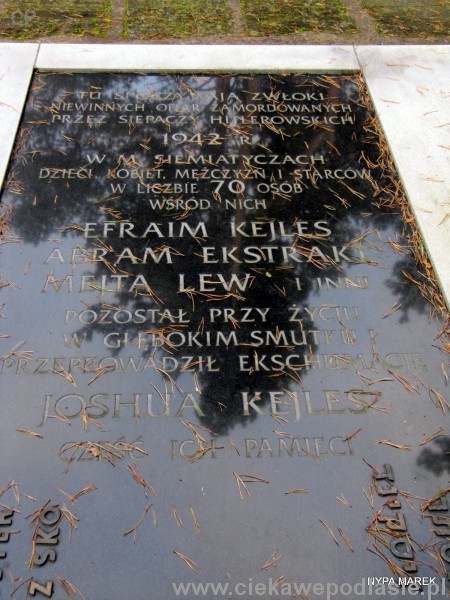History /
History of Poland in a pill - illustrated [41]
1. Baptism2. Kings and queens3. Golden Age4. Decline5. Partitions6. Risings7. Resurrection8. World wars9. Communism10 EU.
A good history of the Polish state. Let's try a history of the Polish Nation, which is quite different:
1. Baptism. Mieszko, a tribal duke of unknown ethnicity, forces baptism onto his tribe of uknown name (there is no scientific proof that Polanie ever existed in western Poland). No Polish Nation at that time.
2. Kings and queens. The beginning of the Polish Nation. Some knights begin to think of themselves in broader terms than feudal lords and tribal leaders - as Poles. Most kings and queens are not Polish, but are chosen by Polish knights to rule over the domain. Only the knights (probably less than 1% of the population) belong to the Polish Nation.
3. Golden Age. Rapid growth of the Polish Nation. It now consists exclusively of szlachta - about 8% of all inhabitants of the Commonwealth. 92% of the population are non-Poles. Peasants, Jews, city dwellers are not considered Poles or Polish in any way. The Polish Nation is not ethnic as many of the nobles are not ethnic Poles in contemporaty sense.
4. Decline. The Polish Nation (szlachta) goes nuts. It introduces liberum veto which makes it difficult to collect taxes, reform and defend the state. It elects as king a Swede who starts wars with Sweden (the Deluge).
5. Partitions. The Polish Nation still consists of 8% of the population. The Constitution of May 3 tries to expand the Polish Nation, introduce taxation of szlachta and raise an army, but it's too late.
6. Risings. Rapid decline of the Polish Nation. The partitioning powers take away szlachta's privilages reducing its numbers to about 4% of the population. Decapitated szlachta tries to regain privilages and state sovereignty in 2 uprisings. 96% of the population, however, does not join the remnants of szlachta in uprisings.
7. Resurrection. At the end of the 19th and the beginning of the 20th century the remnants of szlachta evolve into Polish intelligentsia. The abolition of serfdom and free education for peasants creates Poles out of peasants. Peasants stop thinking of themselves as local serfs and discover they are free Poles just like szlachta used to be. Polishness is understood now ethnically. The Polish Nation was thus created little more than 100 years ago.
8. World wars. The newly created ethnic Polish Nation regains sovereignty after World War I. However, over 30% of the population is ethnically non-Polish. The new concept of the Polish Nation arises: all citizens of Poland belong to the Polish Nation (despite attempts of Dmowski and nationalists who prefered ethnic concept of Polishness).
9. Communism. German Holocaust and Soviet ethnic cleansing create Poland practically without ethnic minorities for the first time in Polish history. The Polish Nation is a political nation and at the same time an ethnic nation.
10 EU. Poland loses 2 million citizens who prefer a better place to live. Since 2007, 2500 schools were closed in Poland due to lack of students.


